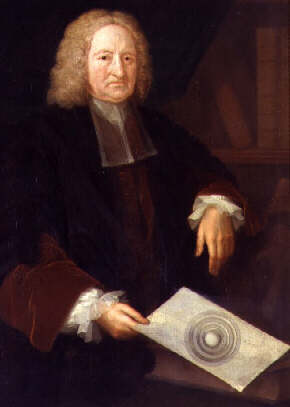Hollow Earth

The Hollow Earth theory proposed that Earth is entirely or partially hollow.
Edmond Halley first suggested the theory in the late 17th century. [1][2] By around 1774, Charles Hutton had proven the theory false in his Schiehallion experiment.
Still, the theory was occasionally defended through the mid-19th century, notably by John Cleves Symmes Jr. and Jeremiah N. Reynolds. However, by that time, it was part of popular pseudoscience and no longer a scientifically viable hypothesis.
The concept of a hollow Earth still recurs in folklore and as the premise for subterranean fiction, and a subgenre of adventure fiction (Journey to the Center of the Earth, At the Earth's Core).
Hollow Earth is also used in Godzilla vs. Kong as a major plot point.
Hollow Earth Media
A cross-sectional drawing of the planet Earth showing the "Interior World" of Atvatabar, from William R. Bradshaw's 1892 science-fiction novel, The Goddess of Atvatabar
Chapel, bell tower and penitential beds on Station Island. The bell tower stands on a mound that is the site of a cave which, according to various myths, is an entrance to a place of purgatory inside the Earth. The cave has been closed since October 25, 1632.
Diagram of Edmond Halley's hypothesis
References
- ↑ Simon, Matt (2014-07-02). "Fantastically Wrong: The Legendary Scientist Who Swore Our Planet Is Hollow". Wired. . https://www.wired.com/2014/07/fantastically-wrong-hollow-earth/. Retrieved 2020-08-07.
- ↑ Storr, Will (2014-07-13). "Hollow Earth conspiracy theories: the hole truth" (in en-GB). The Daily Telegraph. . https://www.telegraph.co.uk/culture/books/10961412/Hollow-Earth-conspiracy-theories-the-hole-truth.html. Retrieved 2020-08-07.




